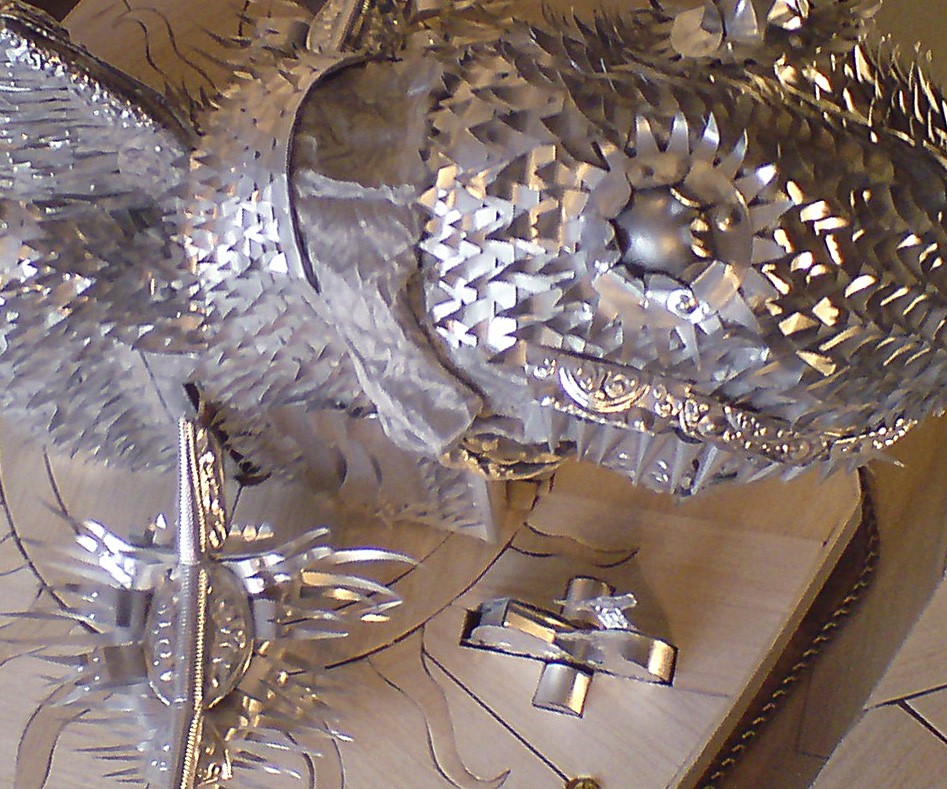
25.10.2013 19:00:00 - 13.11.2013
A period Magic Lantern is used to illuminate a clockwork automaton, both set before a wall holding a representation of many drawings, a map to the years of thought that gave rise to its birth. Ranging from quick, abbreviated scribbles of proposed mechanisms to prosaic illustrations verging on the impossible and fantastic, this gathered surface acts as a screen, a vertical platform, allowing the cast, moving shadow of the automaton before it to return in livid silhouette amongst the line and supposed form of its own creation. A cycle of being, extended and unbroken, further emphasised by the light of lantern slides of its own inner mechanism projected upon it.
The 18th century automata of Pierre Jaquet-Droz (1721-1790), remarkable figures of <living> adolescents, primarily conceived as horological demonstration pieces that became the mechanical captives of European aristocracy, have effortlessly seen the passing of two centuries. To this day they happily draw, write prose and play chamber music amongst each other, whilst Royals, and the concerns of long forgotten others once there to observe, have since become dust.
The appearance of automata themselves through out history, ever keen to sport their own graceful, uncanny ability to transgress the accepted commands of time, share a common effect in what they demonstrate to us of their <mechanical life>.
For beneath the charm of their presence surely lurks the salutary reminder that, unlike the cyclical act of their restorative rebirth at each operation, we stand outside the guarantees of their own particular mode of existence, beset perhaps by feelings of shame, impotence at our own mortality in the contented face of their example. We the onlookers, for those ever about to die, true to the certain promise of some ill-determined end at the close of our own allotted time in death’s long room.
Ferelli
October 2013